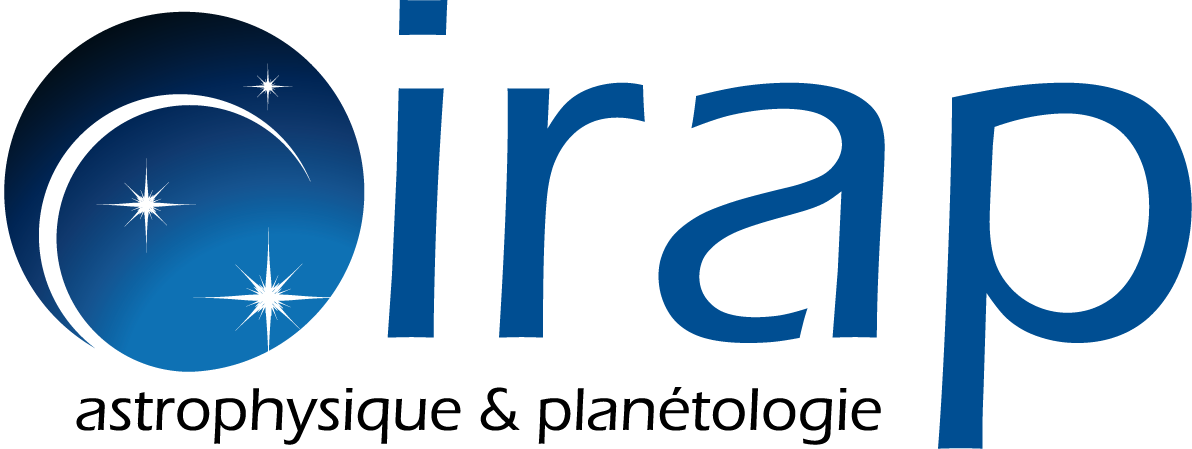Doctorant : GRANDIN Maxime
Directeur : KOZLOVSKY Alexander, MARCHAUDON Aurélie, AIKIO Anita, ULICH Thomas
Date début : Novembre 2013
Groupe Thématique : PEPS
The Finnish Ionospheric Tomography Chain has been in operation since November 2002. It is based on the analysis of the signals emitted by Russian Low Earth Orbit (LEO) satellites and received by five ground stations located in Finland and Sweden. It is operated by Sodankylä Geophysical Observatory (SGO, Sodankylä, Finland). More recently, the TomoScand project, aimed to improve and develop further mesoscale ionospheric tomography in Fenno-Scandinavia, has been funded by the Academy of Finland (2010–2013) and deployed a network of six tomography receivers, which were developed by SGO. This project uses LEO satellites as emitters for the tomography measurements, completed by GPS satellites signal data. Its main purpose is to obtain 3D electron density distributions with an increased resolution in both horizontal (50 km) and vertical (5 km) directions and in time (10 s). enabling to expect a better resolution of the E layer and to compute the ionospheric conductivities.
The tomography reconstruction methods could be enriched by the use of numerical models which can provide electron density mean value profiles. The TRANSCAR model has been developed at Institut de Recherche en Astrophysique et Planétologie (IRAP, Toulouse, France) and enables to simulate in details the chemistry and physics within the Earth ionosphere, especially at high latitudes. The electron density profiles that it produces can be used to characterise the prior distributions used for the tomography reconstruction. A validation of this new approach can be achieved by comparing the results of the obtained profiles with EISCAT measurements, preferably under quiet conditions for a first test, and then possibly with more exotic conditions.
Moreover, additional information for the reconstruction can be obtained by using measurements of external instruments, such as ionosondes and ionospheric radars. This could be called multi-instrument tomography and could be included in the tomography methodology development based on the stochastic inversion theory.
Besides, the use of ionospheric tomography data enables to analyse physical phenomena occurring in the ionosphere. In particular, tomography is typically suited to study large-scale structures visible in the F region, such as polar cap plasma patches, high-latitude and mid-latitude troughs as well as sub-auroral structures (SAPS: Sub-Auroral Polarisation Streams). Both formation processes and evolution may be considered, permitting to contribute to space weather predictions improvement.
This PhD is carried out within the frame of a co-tutorship between IRAP and SGO/University of Oulu.
